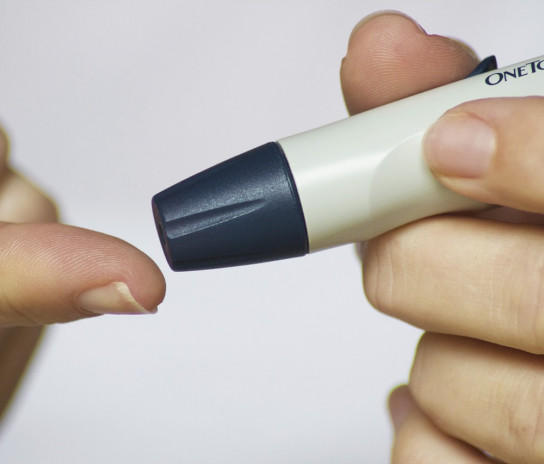Diabetic Retinopathy is a complication of diabetes. It occurs when high blood sugar levels damage the retina. This condition can affect up to eight out of 10 people who have had diabetes for 10 years or more. Amongst working age adults, it is one of the most common causes of sight loss – with rates expected to rise.

What is diabetic retinopathy?
Diabetic retinopathy is a form of sight loss that can develop in anybody with type 1 or type 2 diabetes. It is a result of damage to blood vessels supplying the retina - the light-sensitive layer at the back of the eye.
There are three stages of diabetic retinopathy: background retinopathy, which usually doesn’t affect your vision but needs to be monitored; diabetic macular oedema, which can lead to blurred vision and poor central vision; and proliferative diabetic retinopathy which affects the retina. Treatment can include laser treatment to stop further damage.
